Effects on Human Health:
The major reason for safe disposal of sewage is to prevent the spread of disease. If a septic system is properly sited, is working properly, and has been maintained regularly, it will effectively and efficiently remove disease-causing bacteria. With one-third of the U.S. population using septic systems, over 1 trillion gallons of waste per year is disposed of below the ground's surface from individual septic systems. Nutrients from failing septic systems can also cause serious health problems. For example, nitrate poses a significant threat to the health of human infants. When ingested, nitrate can interfere with the blood's ability to carry oxygen, causing methemoglobinemia or "blue baby" syndrome.
Inadequately treated sewage from failing septic systems poses a significant threat to drinking water and human health because diseases and infections may be transferred to people and animals directly and immediately. Dysentery, hepatitis, typhoid fever, and acute gastrointestinal illness are some of the more serious examples. Inadequately treated sewage from failing septic systems is the most frequently reported cause of groundwater contamination.
Impacts to Coastal and Inland Water Bodies and Recreational Resources:
Failing septic systems may leak excessive nutrients and bacteria to coastal waters, destroying aquatic plant and animal habitat. When nutrients such as nitrogen and phosphorus enter coastal waters, they can cause excessive plant growth. Certain types of algae become so abundant they block sunlight in the water. This shade can then kill beneficial plants. As these plants disappear, so do the animals that depend upon them such as salmon and crab. Too much algae also uses up the oxygen in the water, which may kill fish and other animals. Excessive plant growth also makes boating, fishing, and swimming less enjoyable.
Improperly treated sewage that contaminates nearby surface water, also increases the chance of swimmers contracting a variety of diseases. These may range from eye and ear infections to dysentery or hepatitis. Bacteria from this sewage can lead to the closing of beaches and commercially important shellfish beds. For example, oysters filter their food from the surrounding water. A single oyster filters at least 25 gallons of saltwater a day. It may easily filter 27,375 gallons during its three to four year lifetime. If the water is not clean, oysters are also filtering harmful bacteria and viruses. This usually does not harm the oysters, but it DOES harm the humans who eat them.
How to Prevent Problems:
- Regularly pump and maintain your septic system, whether it is a conventional septic system, an I/A system, or a cesspool.
- Conserve water in your home or business.
- Redirect surface water flow away from your systems leach field.
- Replace your septic system, if necessary.
This article is courtesy of the Massachusetts Department of Energy and Environmental Affairs

